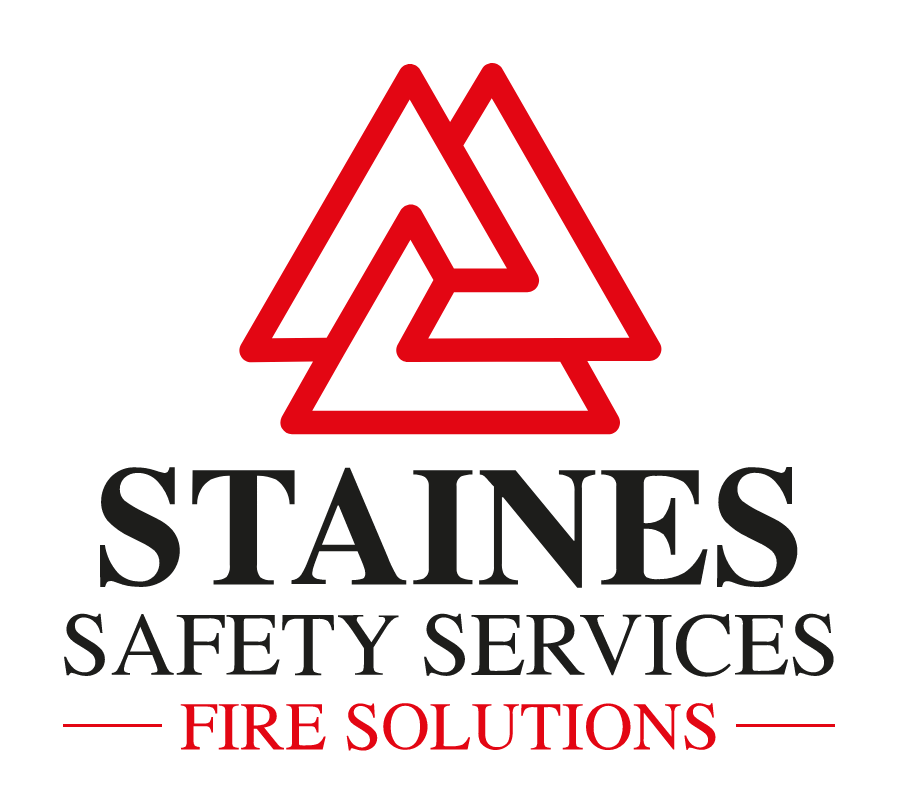Dear reader,
Fire safety is a critical concern for businesses in the U.K. Understanding the legal obligations regarding fire risk assessments is essential for ensuring the safety of everyone in your premises. This blog post provides a detailed overview of the requirements for conducting fire risk assessments in business premises across the United Kingdom.
**What Is a Fire Risk Assessment?**
A fire risk assessment is a systematic evaluation of your business’s premises to identify potential fire hazards, assess the risk of fire, and implement measures to reduce or eliminate these risks. It is a legal requirement for all businesses under the Regulatory Reform (Fire Safety) Order 2005.
**Who Is Responsible?**
The “responsible person” is defined in the Fire Safety Order as someone who has control of the premises, such as the owner, employer, or occupier. This person is legally obligated to conduct a fire risk assessment and ensure that fire safety measures are in place.
**Key Requirements for Fire Risk Assessment**
1. **Identify Fire Hazards**:
* Identify potential sources of ignition (e.g., electrical equipment, heating systems).
* Recognize flammable materials and substances present in the premises.
* Evaluate the potential for fire spread within the building.
2. **Identify People at Risk**:
* Assess who may be at risk in the event of a fire, including employees, visitors, contractors, and vulnerable individuals (e.g., those with disabilities).
3. **Evaluate the Risks**:
* Determine the likelihood of a fire occurring and the potential consequences.
* Consider existing fire safety measures and their effectiveness.
4. **Implement Fire Safety Measures**:
* Take steps to eliminate or reduce the risks identified. This may include:
* Installing smoke detectors and fire alarms.
* Ensuring adequate fire exits and escape routes are accessible and clearly marked.
* Providing fire extinguishers and ensuring staff are trained to use them.
* Establishing a clear fire evacuation plan.
5. **Record Findings**:
* Document the findings of the fire risk assessment, including identified hazards, risks, and the measures implemented.
* Maintain a record of the assessment for future reference and compliance.
6. **Review and Revise**:
* Regularly review the fire risk assessment, particularly when there are significant changes to the premises, processes, or personnel.
* Schedule regular fire drills and training to ensure that employees are familiar with emergency procedures.
**Additional Considerations**
* **Specific Regulations**: Depending on the nature of the business, additional regulations may apply, such as those for care homes, hospitals, or schools.
* **Professional Assistance**: While businesses can conduct their own assessments, consulting with a fire safety professional can ensure compliance and thoroughness.
* **Training and Awareness**: Regular training sessions for employees on fire safety practices and emergency procedures are crucial for minimizing risks.
**Conclusion**
Conducting a fire risk assessment is not just a legal obligation but a vital component of ensuring safety in the workplace. By identifying hazards, evaluating risks, and implementing effective fire safety measures, businesses can protect their employees, customers, and assets. Regular reviews and updates to the fire risk assessment will help maintain a safe environment and ensure compliance with U.K. fire safety laws.
For more information or assistance with fire risk assessments, consider contacting us on the contact form belowl to ensure your business meets all legal requirements and best practices.

